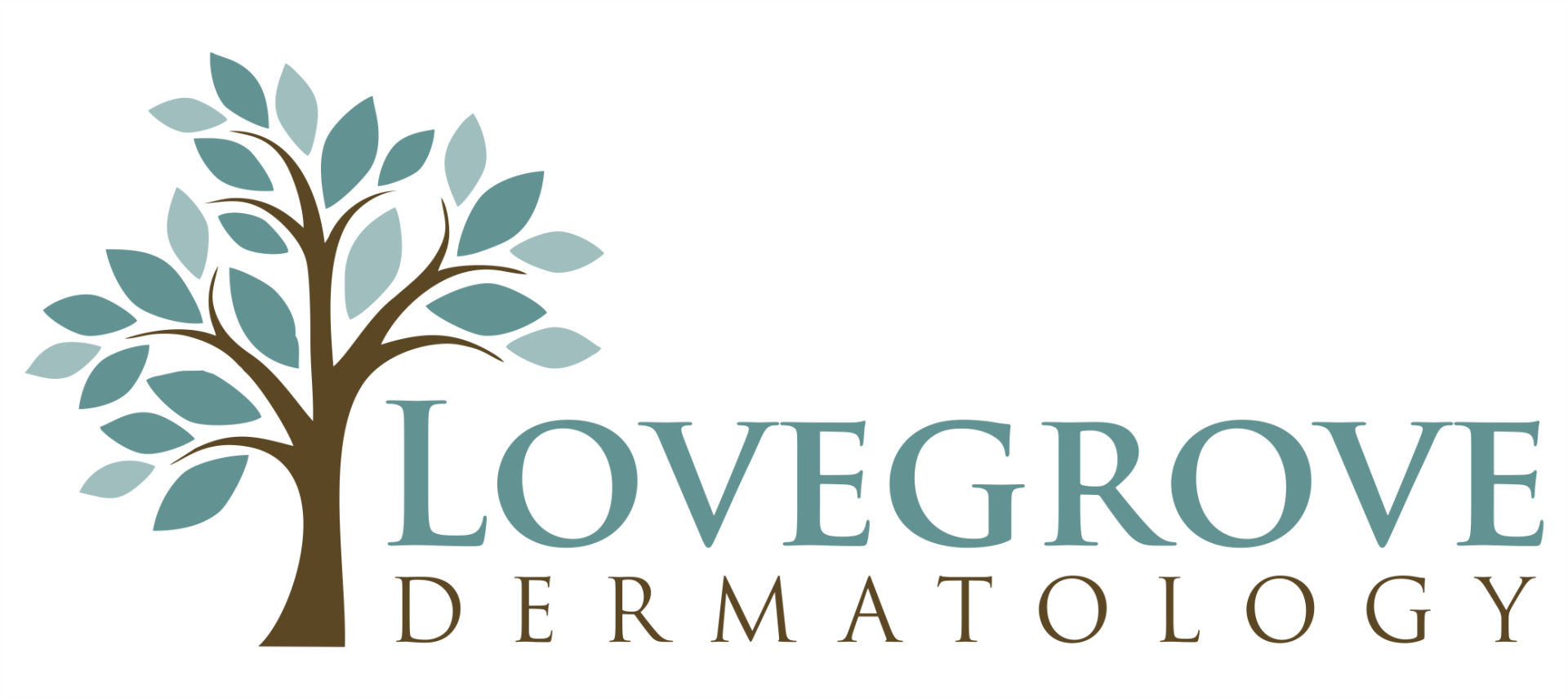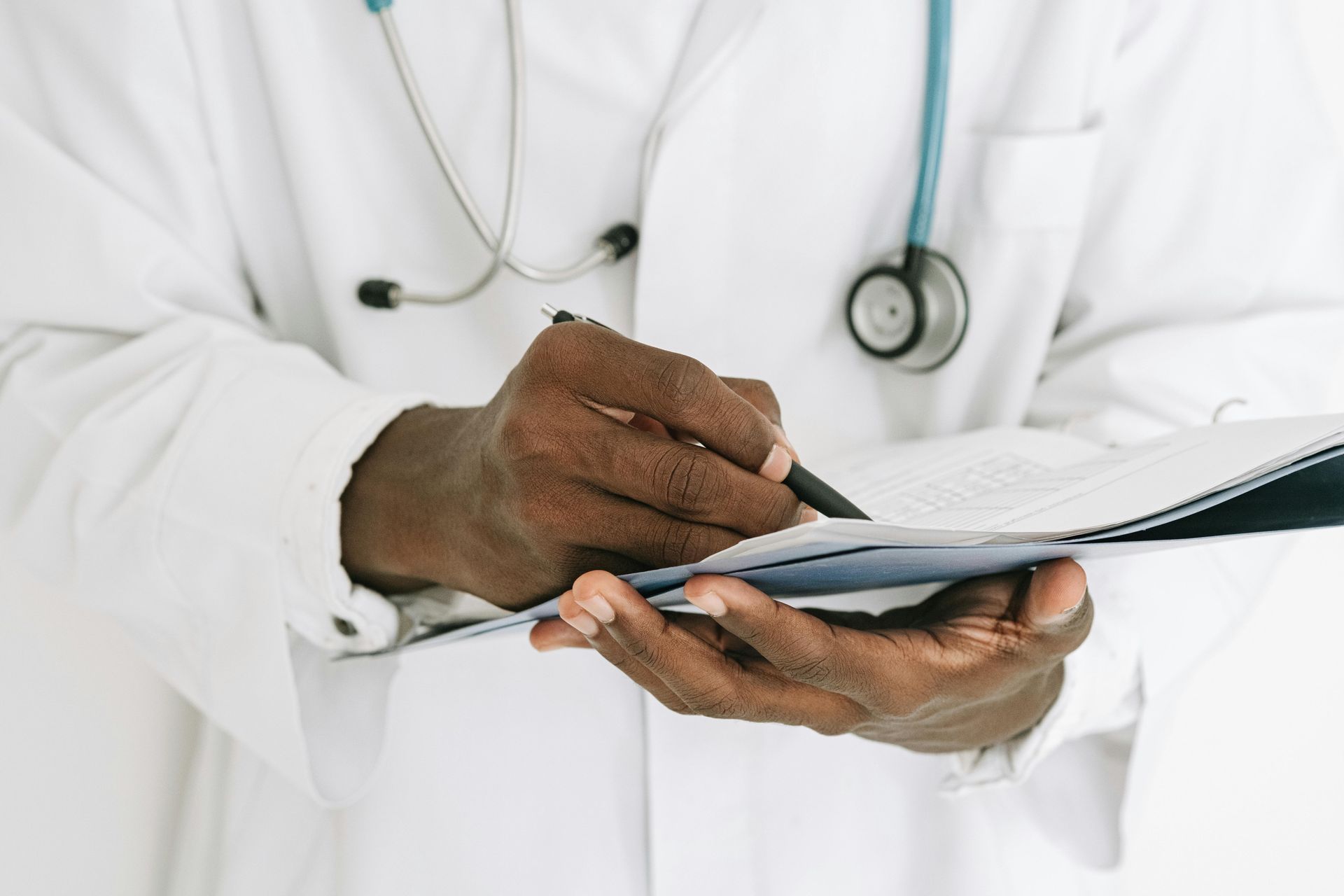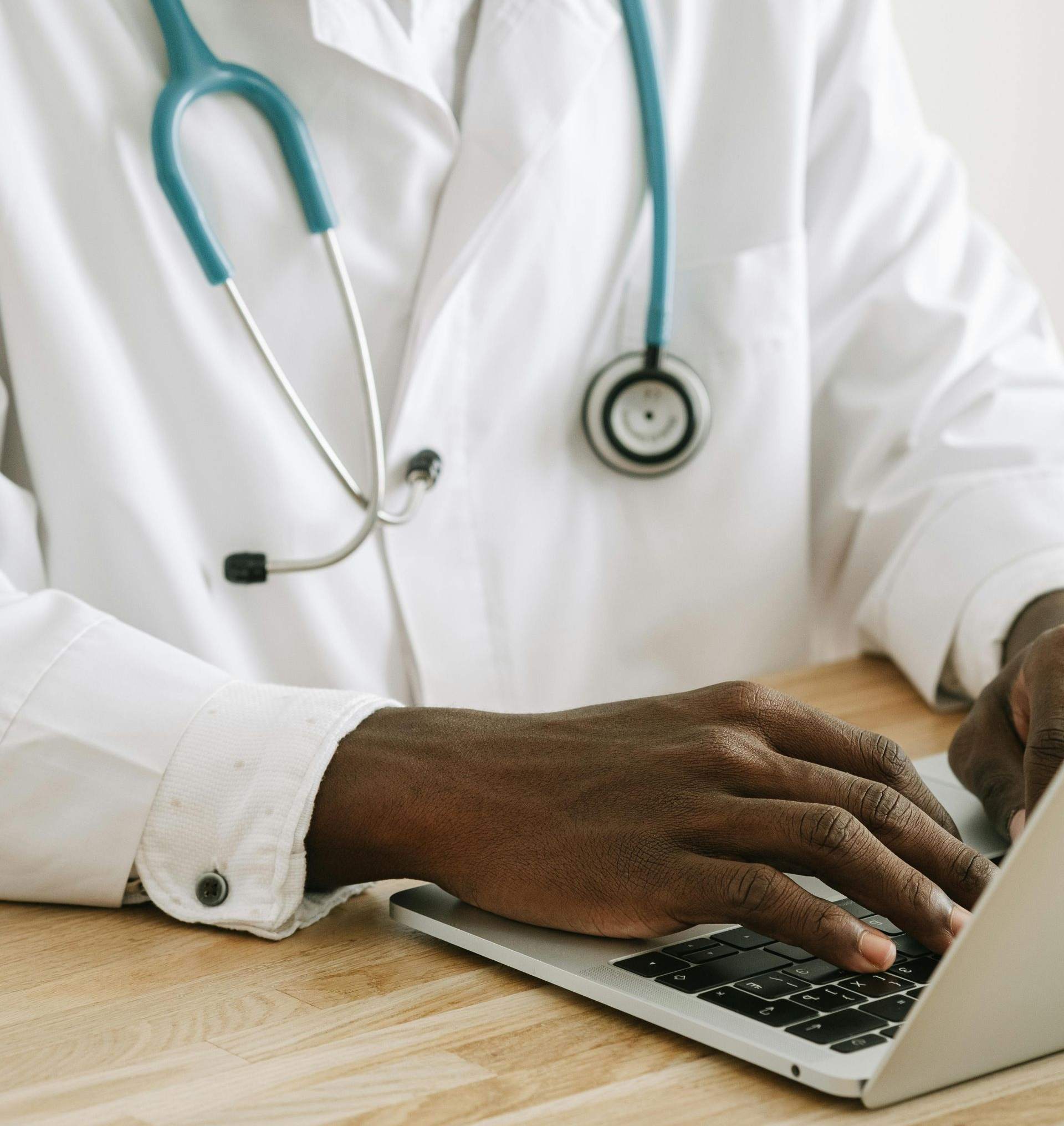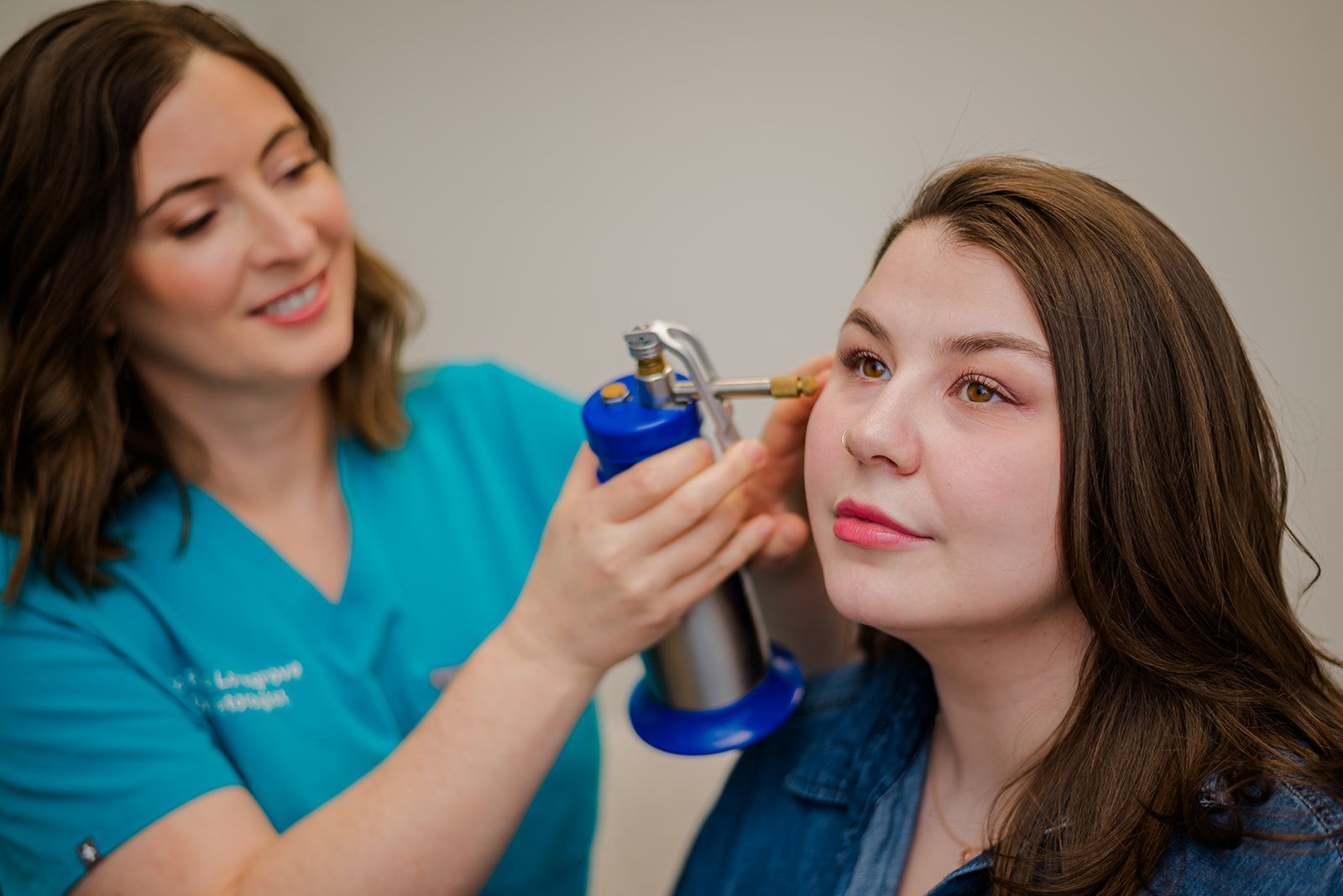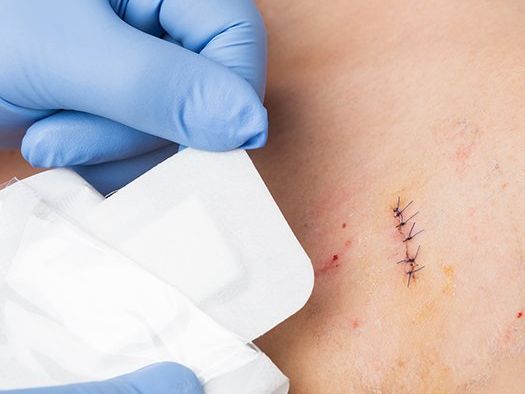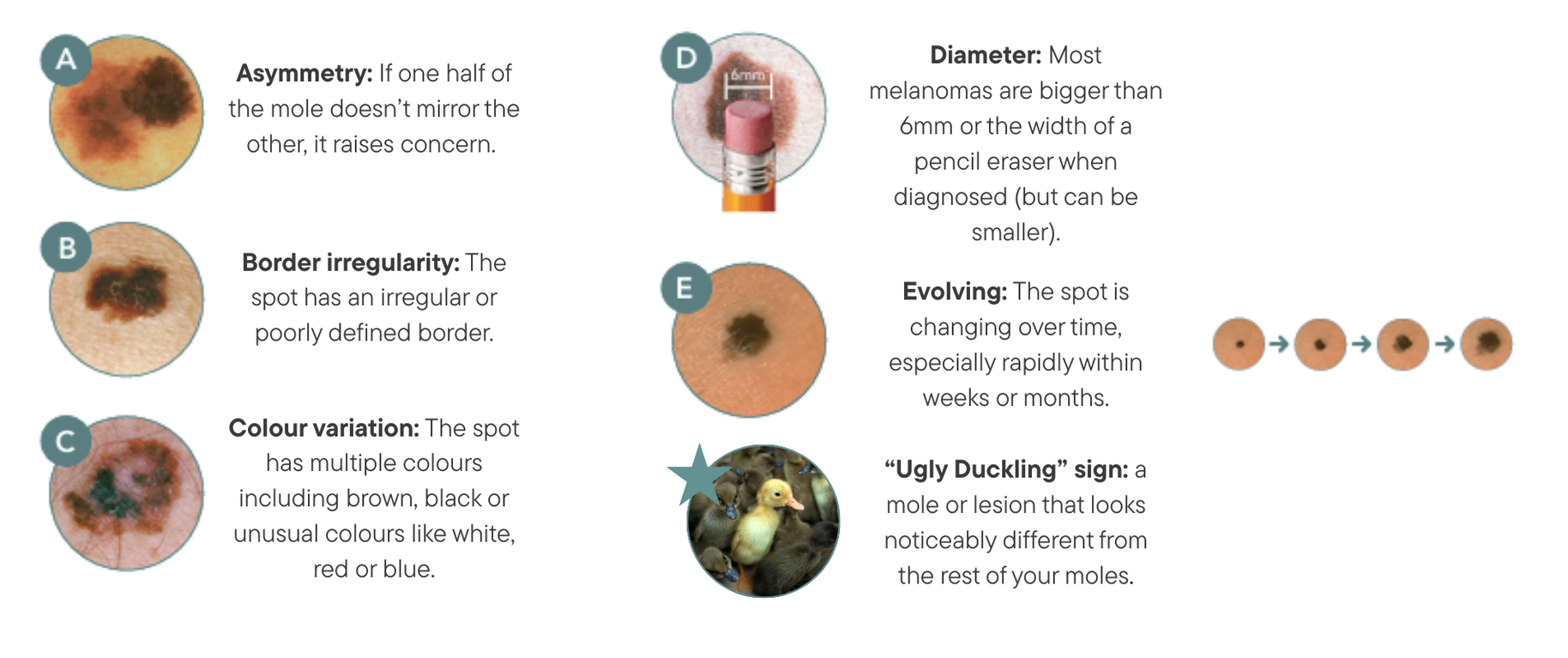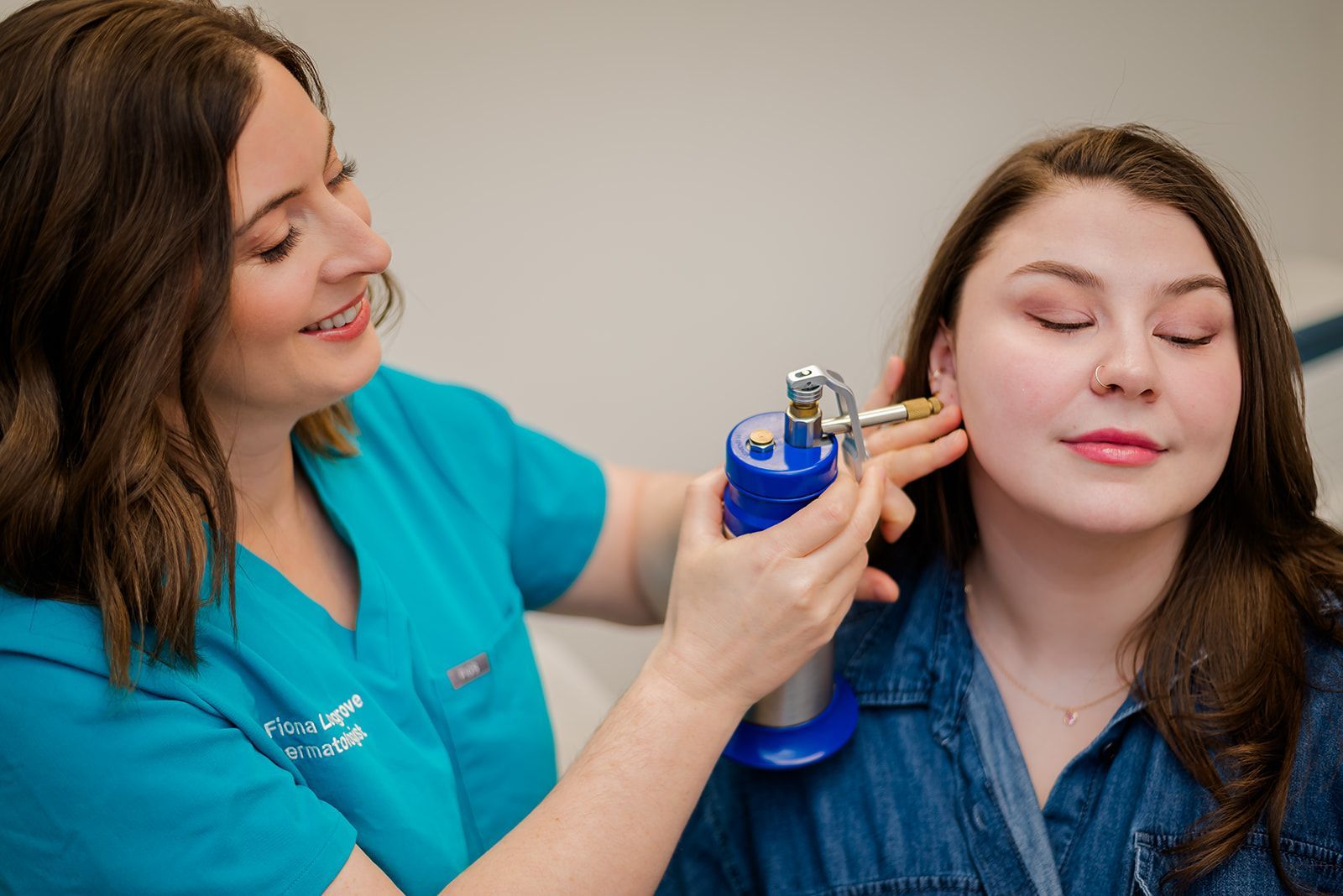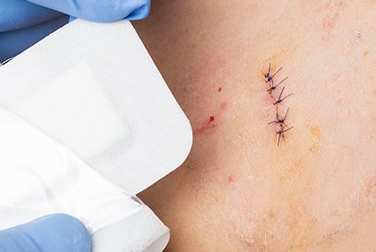Dermatological Treatment
We customize each treatment plan to suit the patient’s specific condition, personal preferences, and budget considerations. Our goal is to provide effective, evidence-based care while ensuring the approach feels comfortable and manageable for the patient.
Treatment options may include:
- Topical medications (prescription creams or ointments applied directly to the skin)
- Targeted injections into the affected area
- Systemic medications (oral tablets or injectable treatments that work throughout the body)
In addition to medical therapies, our clinic offers several in-office procedures, such as:
- Cryotherapy (freezing treatment for certain skin lesions)
- Skin biopsies (to diagnose rashes, growths, or other skin concerns)
- Surgical excision (removal of skin cancers or suspicious growths)
By combining the right therapies and procedures, we aim to address the condition effectively while supporting long-term skin health.
Cryotherapy (liquid nitrogen treatment)
Cryotherapy is a quick and effective treatment that uses a very cold liquid (called liquid nitrogen) to freeze and remove unwanted or abnormal skin growths. It’s commonly used to treat warts, skin tags, seborrheic keratoses, actinic keratoses (precancerous spots), or other benign lesions.
The cold temperature destroys targeted skin cells, allowing healthy skin to heal in its place. Treatment typically takes just a few seconds, and no stitches are needed. After treatment, the area may blister or scab before gradually healing over several days to weeks.
Cryotherapy is a quick and effective treatment that uses a very cold liquid (called liquid nitrogen) to freeze and remove unwanted or abnormal skin growths. It’s commonly used to treat warts, skin tags, seborrheic keratoses, actinic keratoses (precancerous spots), or other benign lesions.
Learn more about cryotherapy in the FAQ section.
A skin biopsy is a simple procedure we perform to help diagnose a rash or skin lesion. It involves removing a small sample of skin, which is then sent to the lab for analysis.
Learn more about a skin biopsy in the FAQ section.
Common Skin Conditions
We treat multiple different skin conditions, including precancerous lesions (actinic keratosis), non-melanoma skin cancer, melanoma, rosacea, psoriasis and eczema (atopic dermatitis).
Actinic Keratosis
Actinic Keratoses are rough, scaly patches that develop on skin with long-term sun exposure. These lesions are considered precancerous, meaning they have the potential to progress into skin cancer (most often Squamous Cell Carcinoma) if left untreated. Early detection and treatment help prevent this progression.
Basal Cell Carcinoma
Basal Cell Carcinoma is the most common form of skin cancer. While it tends to grow slowly and is the least aggressive type, it can still cause significant damage to surrounding skin and tissue if left untreated, so prompt treatment is important.
Squamous Cell Carcinoma
Squamous Cell Carcinoma is the second most common type of skin cancer. It can grow quickly and, in rare cases, spread to other parts of the body. Prompt diagnosis and treatment are essential to prevent complications.
The ABCDEs of Melanoma
Melanoma has a 90% cure rate when detected and treated early.
Skin Self-Exam: After a shower, stand in front of a full-length mirror in a well-lit room and systematically check your entire body (from face and scalp down to feet) using a hand mirror for hard-to-see areas.
